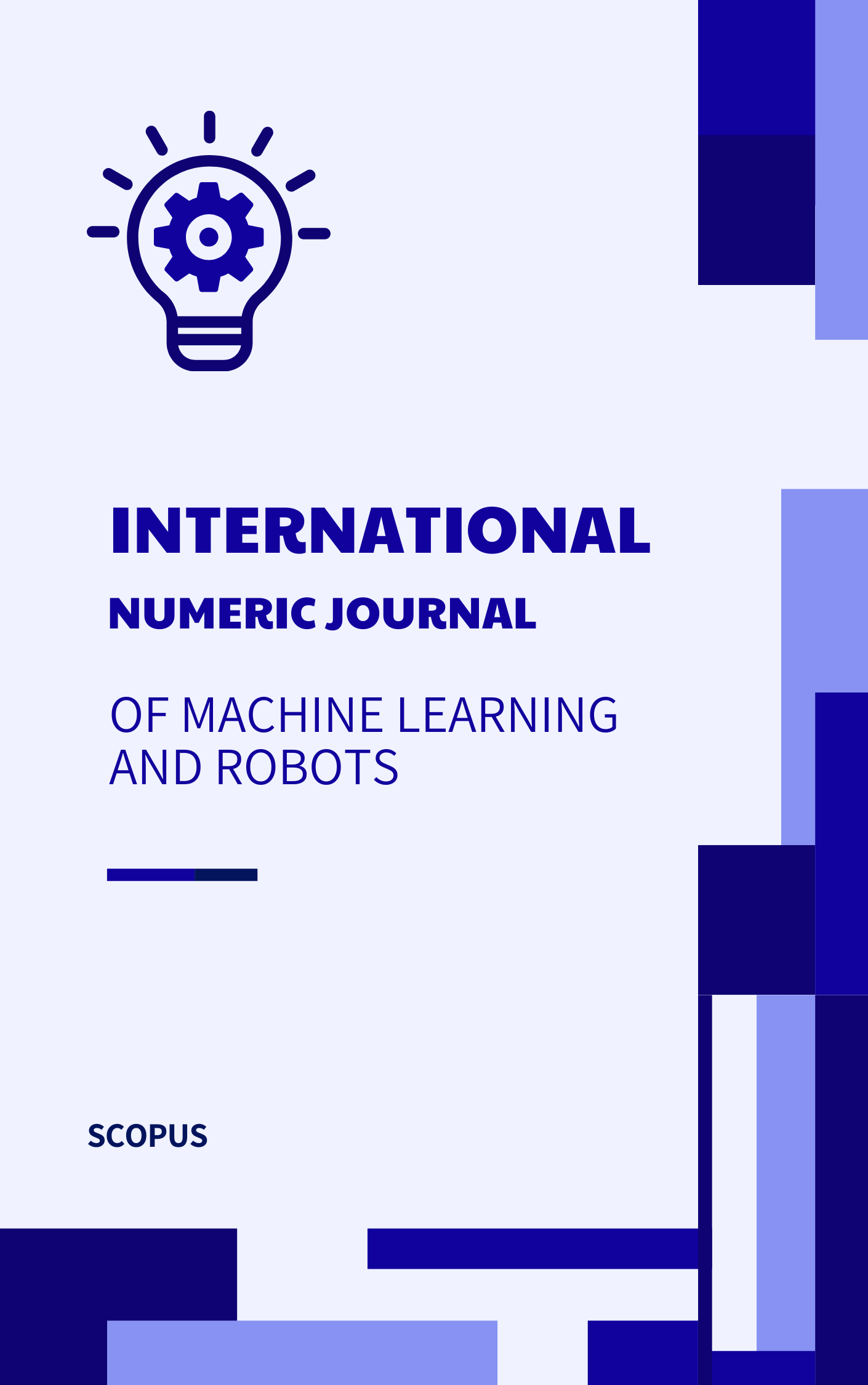Automation and Robotics: Key Trends in Smart Warehouse Ecosystems
Abstract
The emergence of e-commerce and globalization has changed the situation within supply chain dynamics. Smart ecosystems need to transform traditional warehouses. This paper presents the major trends in automation and robotics in smart warehouse environments, focusing on advancements and their ideas in technologies, implementation strategies, and impacts on efficiency, cost, and sustainability. This study highlights the automation of critical processes such as inventory management, picking, packing, and transporting using an extensive literature review between 2003 and 2023. Such technologies like AI, ML, and IoT have further enhanced the adaptability and intelligence of warehouse operations to allow them to perform predictive analytics or real-time decision-making, as well as better control of one's inventory. Moreover, this paper focuses on the socio-economic impacts of automation, such as transition workforce and cybersecurity issues, besides giving a comprehensive overview of future trends like blockchain and sustainable practices. The conclusions thereby emphasize the crucial importance that robotics and automation can provide in defining the future supply chain management in terms of resilience and innovativeness in logistics services.
References
Bogue, R. (2016). "Growth in e-commerce boosts innovation in warehouse robotics." Industrial Robot, 43(6), 583-587.
Choi, T.-M., Wallace, S. W., & Wang, Y. (2020). "Sustainable Supply Chains in the Era of Digital Transformation." Production and Operations Management, 29(7), 1435-1445.
De Koster, R., Le-Duc, T., & Roodbergen, K. J. (2007). "Design and control of warehouse order picking: A literature review." European Journal of Operational Research, 182(2), 481-501.
Frazelle, E. H. (2002). World-Class Warehousing and Material Handling. McGraw-Hill.
Gong, Y., De Koster, R., & van Nunen, J. A. E. E. (2008). "Inventory planning with hybrid storage systems." Management Science, 54(7), 1239-1254.
Guizzo, E. (2018). "Robots with a delicate touch." IEEE Spectrum, 55(5), 34-39.
Helo, P., Shamsuzzoha, A. H. M., & Annila, S. (2021). "Integration of IoT and cloud computing in a smart warehouse management system." Journal of Manufacturing Technology Management, 32(4), 688-706.
Huang, G. Q., Zhang, Z., & Zhang, X. (2020). "AMRs in logistics: A state-of-the-art review." Transportation Research Part E, 136, 101890.
Kern, M., & Wolff, P. (2019). "Cybersecurity in Smart Warehousing: Emerging Challenges and Solutions." Journal of Supply Chain Management, 55(1), 77-91.
Korpela, K., Hallikas, J., & Dahlberg, T. (2017). "Digital supply chain transformation toward blockchain integration." International Journal of Physical Distribution & Logistics Management, 47(10), 729-743.
Lee, I., & Lee, K. (2015). "The Internet of Things (IoT): Applications, investments, and challenges for enterprises." Business Horizons, 58(4), 431-440.
Srinivasan, M. M., & Roemer, K. (2010). "Technology trends in warehouse robotics." Robotics Today, 12(3), 4-11.
Wurman, P. R., D'Andrea, R., & Mountz, M. (2008). "Coordinating hundreds of cooperative, autonomous vehicles in warehouses." AI Magazine, 29(1), 9-19.
Zhou, L., Rijmenam, M. van, & Ojo, A. (2020). "Artificial intelligence in supply chain management: A systematic review." International Journal of Production Research, 58(9), 2683-2700.
Saydulu Kolasani (2023). ”Blockchain-driven supply chain innovations and advancement in manufacturing and retail industries”. ijsdcs.com. 6(6), 1-26.
Saydulu Kolasani (2023). “Innovations in digital, enterprise, cloud, data transformation, and organizational change management using agile, lean, and data-driven methodologies”, jmlai.in. 4(4). 1-18.





